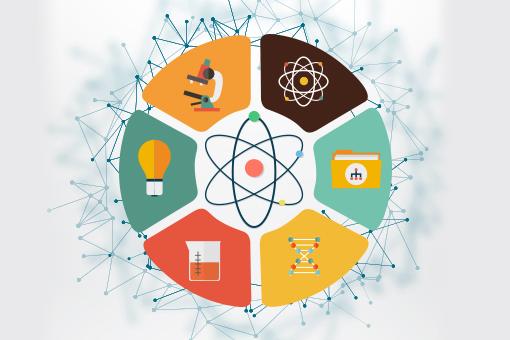Summary
Imagine a choice between two gambles: getting $100 with a probability of 20% or getting $50 with a probability of 80%. In 1979, Kahneman and Tversky published prospect theory (1), a mathematically specified descriptive theory of how people make risky choices such as these. They explained numerous documented violations of expected utility theory, the dominant theory at the time, by using nonlinear psychophysical functions for perceiving underlying probabilities and evaluating resulting payoffs. Prospect theory revolutionized the study of choice behavior, showing that researchers could build formal models of decision-making based on realistic psychological principles (2). But in the ensuing decades, as dozens of competing theories have been proposed (3), there has been theoretical fragmentation, redundancy, and stagnation. There is little consensus on the best decision theory or model. On page 1209 of this issue, Peterson et al. (4) demonstrate the power of a more recent approach: Instead of relying on the intuitions and (potentially limited) intellect of human researchers, the task of theory generation can be outsourced to powerful machine-learning algorithms.


